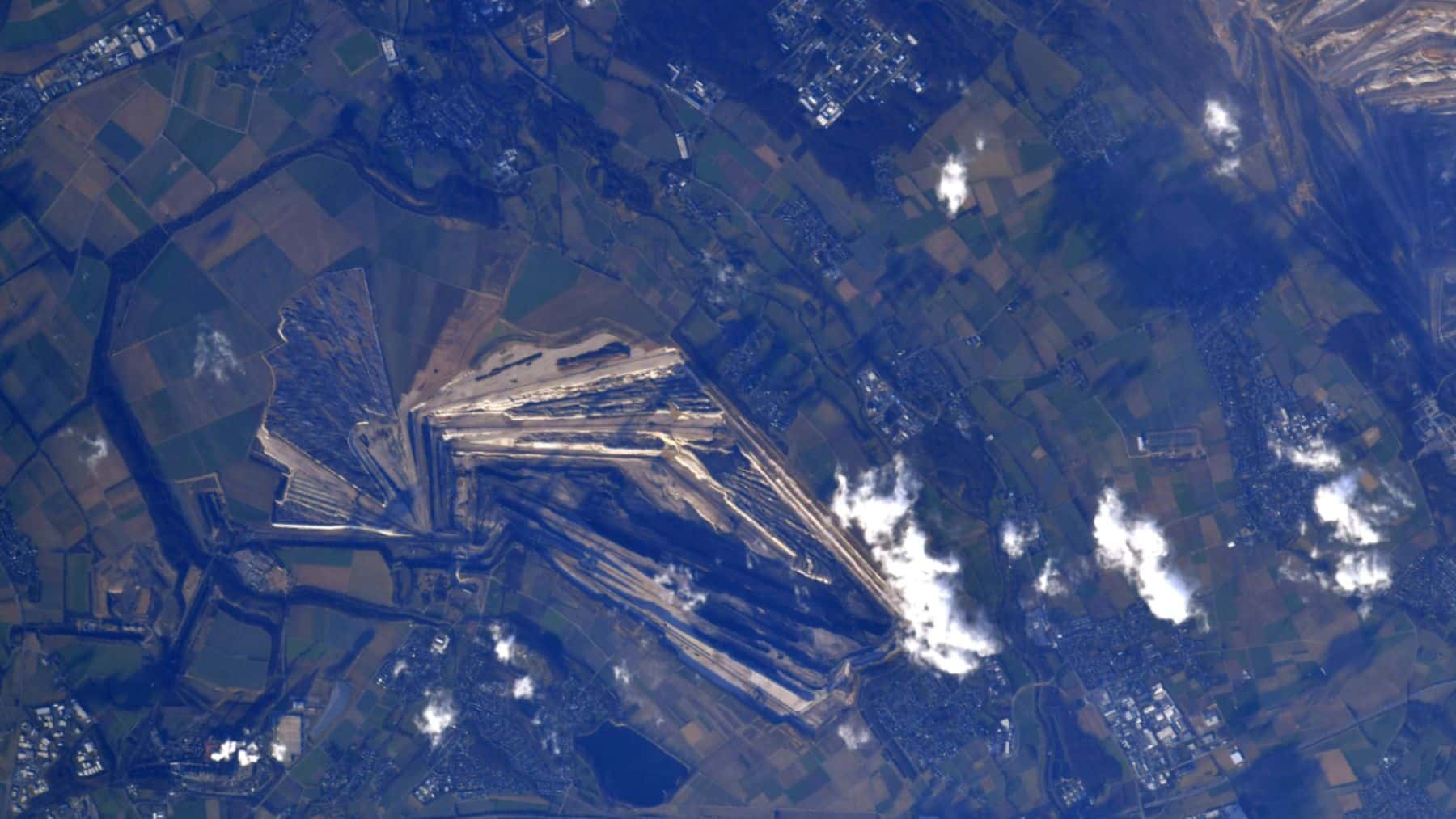Alaska’s energy resources have been important to the state’s economy for thousands of years. Ranging from oil fields to significant natural gas resources, this remote state has always been a potential energy giant. Nevertheless, the state’s energy future is viewed as challenged.
Alaska has begun investigating more experimental forms of energy, including hydrogen technology and underground storage, to ensure a stable energy supply for the foreseeable future. Fossil fuels, especially oil and natural gas, have remained the mainstay of Alaska’s economy and energy source.
The late 1960s saw the discovery of Murrow and Prudhoe-Bay oil fields; this led to the construction of the Trans Alaska pipeline and firmed up Alaska as a prime oil- and gas-producing state.
However, the future of these resources has been uncertain due to declining production rates, economic issues, and environmental problems. For this reason, the state has been keen to look for other solutions to achieve energy security and avoid being a captive of imports.
Challenges and high costs of constructing a pipeline for natural gas
Alaska has dreamed of constructing a pipeline to transport natural gas from the North Slope to Southcentral Alaska. However, the project has faced some challenges for decades of effort in the implementation of the project. The expenditure required to build the pipeline has been estimated to be more than $10 billion, and private capital is scarce.
This distance is approximately 800 miles between the North Slope and Southcentral, which is a challenge concerning transport costs, making the project financially unviable compared to other global suppliers. With the state on the verge of experiencing a natural gas shortage, some are proposing that the state seek gas from other regions or sources for other forms of energy.
While global society is shifting toward cleaner and more sustainable energy, hydrogen is becoming a potential energy source for Alaska. Hydrogen is cheap and contains a lot of energy, and it can be used in many industries, from the automobile to the metallurgical industry.
That is why we can pinpoint that Alaska has the specs for generating hydrogen; it is replete with renewable power sources such as wind, solar, and geothermal. Alaska could improve its energy storage problem, especially between summer and winter, by converting excess renewable energy into hydrogen.
Energy storage: Why Alaska is exploring underground solutions for the future
The idea of what has been termed as ‘green hydrogen’ generated through water electrolysis powered by renewable electricity could be a solution to the emission problem. Although the technology is relatively new and has problems, such as high manufacturing costs, it is a crucial factor in the energy transition.
Alaska has abundant renewable energy resources that could drive this change and make the state a key supplier of hydrogen for both local consumers and exporters.
The concept of injecting energy underground is not new, but storing renewable energy for future use is becoming popular. Hydrogen and other energy resources’ storage potential for Alaska’s geological structures is under investigation.
It showed that the state could also overcome the problem of seasonal fluctuations in energy supply by storing energy underground in hydrogen. This underground storage solution would also offer an opportunity to have standby power during periods when renewable power, such as solar or wind, is scarce.
How underground energy storage could help Alaska become self-sufficient and green
Other forms of energy, including geothermal and natural gas, could also be stored underground and retrieved when necessary. This method of long-term energy storage could help Alaska go green and become energy-sufficient by moving away from imported fuels and providing energy security to the state.
The future of Alaskan energy may seem cloudy, but the state is searching for the answers to its energy future in new ways. Renewable energy sources such as hydrogen and underground storage are already on the path of replacing fossil fuels.
Alaska has the resources, technology, and the will to develop tomorrow’s energy solutions – if it only steps up to the plate. The question is no longer whether these changes will occur but how rapidly Alaska can develop its energy resource base and achieve its goal of being the world’s premier location for underground energy storage and hydrogen production.+















